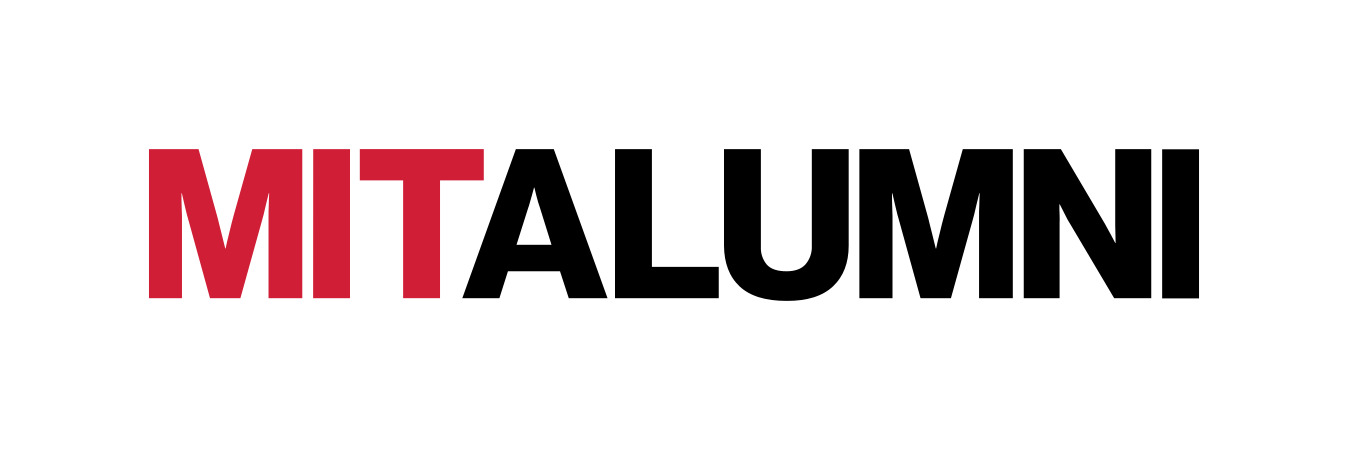Vote in the 2025 AASC Election
Vote for New Members to the
MIT Alumni Association Selection Committee (AASC)
Online voting is now underway for new members of the MIT Alumni Association Selection Committee (AASC). Alumni have until February 28th to cast their vote.
The AASC is the only arm of MIT’s or the Alumni Association’s governance which is open to direct election by the alumni at large. The AASC selects both the incoming president of the Alumni Association and the directors of the Alumni Association Board of Directors. The MIT AA President later becomes a member of the MIT Corporation, and Board Directors are sometimes candidates for positions on the Corporation as well. The AASC election is the only time when the alumni can even indirectly influence the governance of MIT.
MFSA encourages all of its MIT alumni members to participate in this important election and to make their voices heard.
As we explain below, MFSA endorses Ray Stata's candidacy and recommends that alumni bullet vote only for him.
Seven candidates are on the ballot this year, after having eight candidates in 2024 and nine candidates in 2023. The ballot allows each voter to rank all seven candidates from first choice to seventh choice. The ballots will be counted using a ranked choice scoring algorithm, more information on which is available on the AASC’s FAQ page and in our guidance below. This year the top three ranked candidates under this system will become the new members of the AASC. Alumni elected to the AASC serve a three-year term.
In the past two years, MFSA members were nominated by their fellow alumni and were accepted to be candidates by the Alumni Association. In 2023, Wayne Stargardt (MFSA President) was one of four elected from among nine candidates. Last year, Steve Carhart (Chair, MFSA External Affairs Committee) was one of three elected from among eight candidates. This year, despite the nomination of some well-qualified alumni who are also MFSA members, those nominations were disqualified by the Alumni Association staff. This year no MFSA members are candidates.
This year the Alumni Association created guidelines for topics to be addressed in candidate statements but otherwise limits what information it provides on candidates. While we encourage alumni to conduct their own research on the AASC candidates, we offer some observations:
- Ray Stata's dedication to and involvement with MIT is extensive, if not legendary. He embodies the values of MIT. His candidate profile suggests that he practices MIT's historic tolerance for viewpoint diversity and engagement in open discourse. He can obviously bring the necessary leadership and gravitas to the selection of the future Alumni Association leadership.
- Two of the AASC nominees, Eboney Hearn and Lillian Kiang, were serving on the Alumni Association Board of Directors at the time of the cancellation of Prof. Dorian Abbot’s Carlson Lecture. That Board discussed but chose to remain silent over the cancellation. The President of that Board participated in gaslighting the alumni about what had happened. The acquiescence by these Board members to this embarrassing episode indicates that they do not uphold MIT's values of freedom of expression and academic freedom, and they should not be elected to select the Alumni Association's future leaders.
Guidance on Ranked Choice Voting
For the 2025 election to the MIT Alumni Association Selection Committee (AASC), there are seven candidates nominated for three open positions. The ballot allows each voter to rank all seven candidates from first choice to seventh choice. The ballots will be counted using a ranked choice scoring algorithm, more information on which is available on the AASC’s FAQ page.
Ranked choice ballots are initially scored on the first-place choice on those ballots. If a ballot’s first preferred choice candidate receives the fewest first-place votes of the seven candidates (in this case), then that candidate is eliminated. Instead, its remaining votes are recounted, with that ballot's second choice candidate now being counted as if it had been the first choice. The candidate elimination process and the re-ranking of the ballots' remaining choices continues until the field gets winnowed down to only three candidates remaining receiving votes, both first choice and re-ranked votes. In this way a vote for a lower preference candidate could actually end up boosting that less preferred candidate into victory.
The only truly effective way to vote against a candidate is to not rank them. This is called bullet voting. It is perfectly acceptable in rank choice voting to leave some or most of the candidates unranked. This way, you are assured of having your ballot support only those candidates you strongly support.
